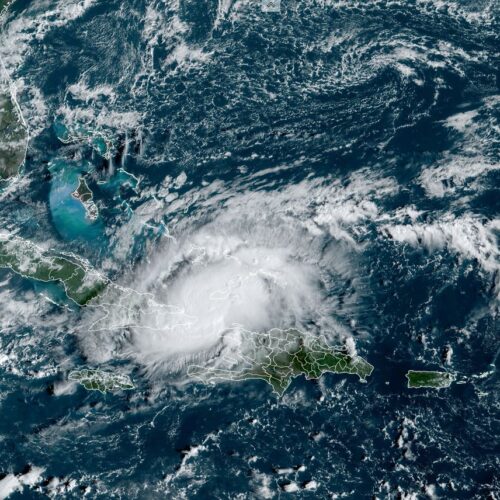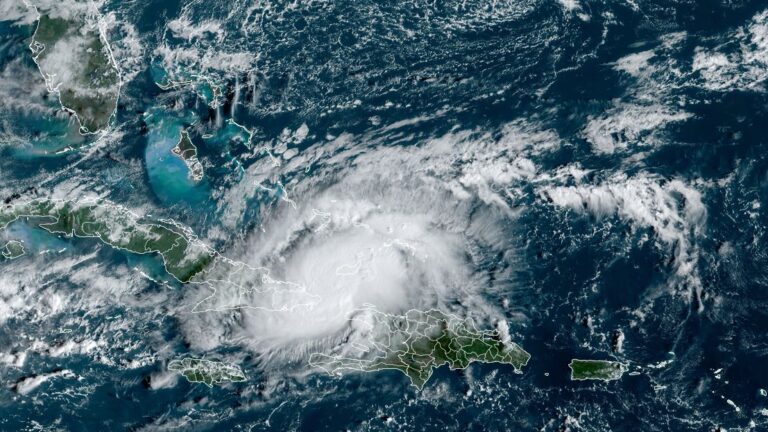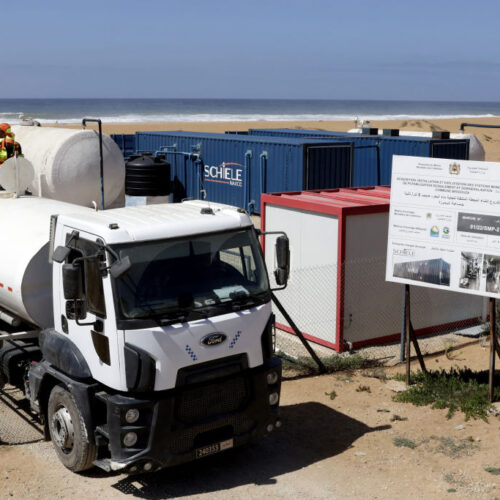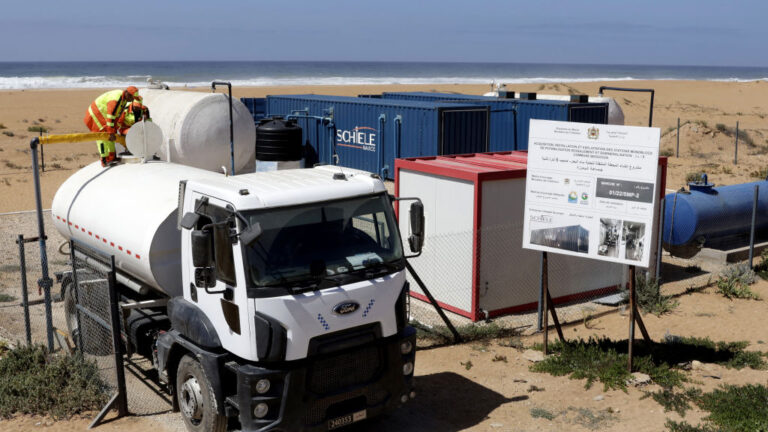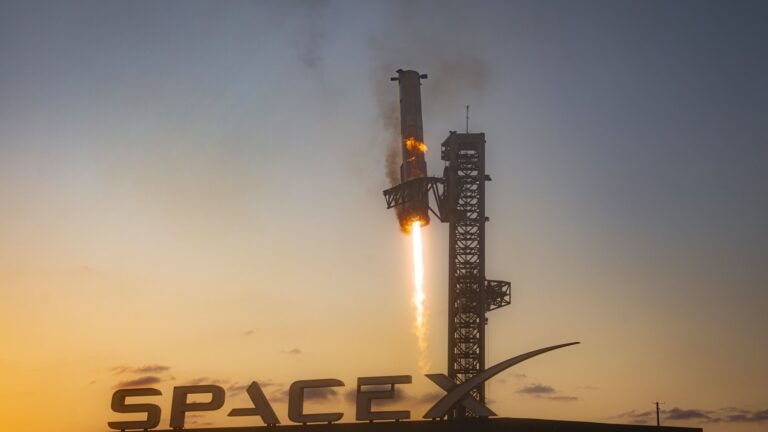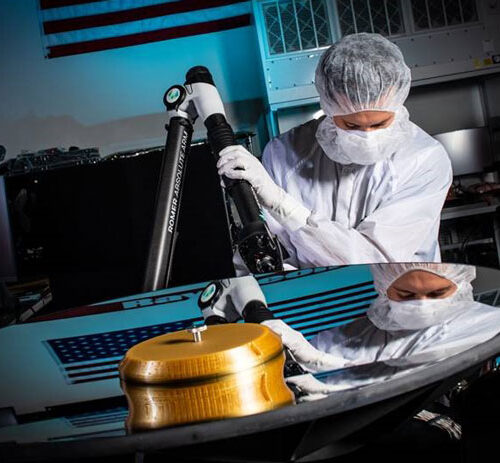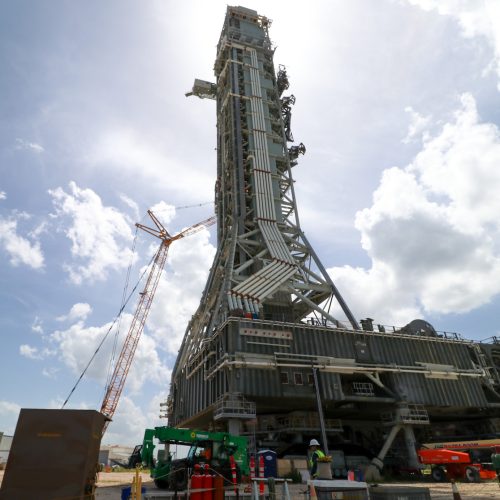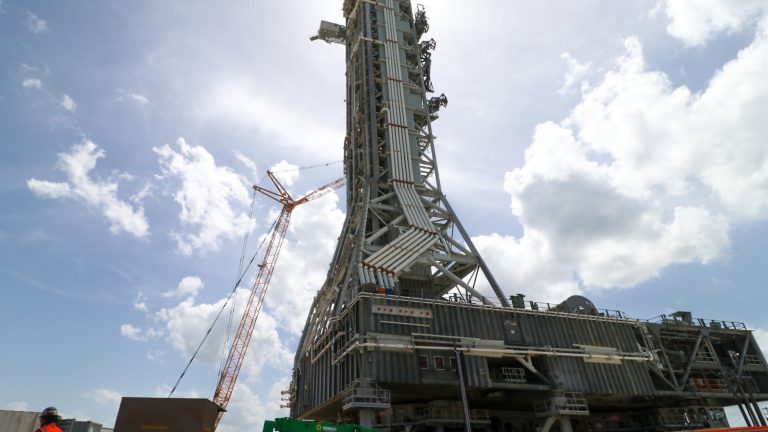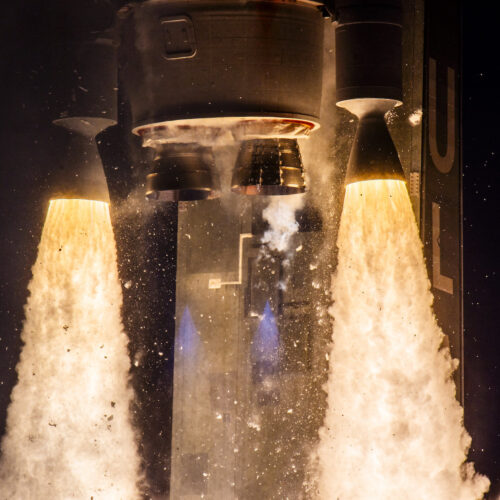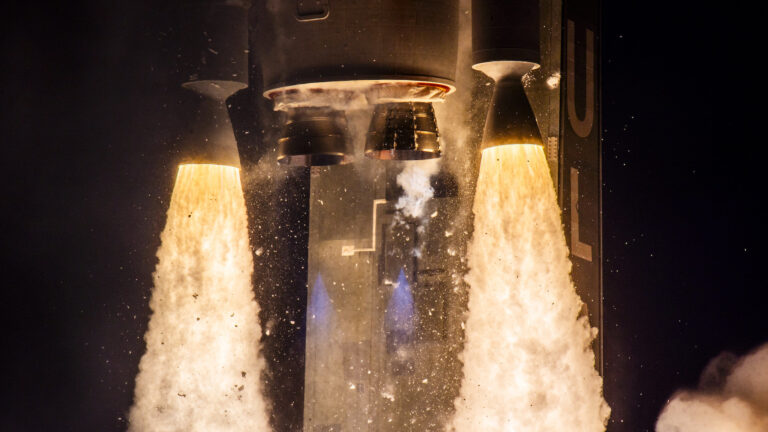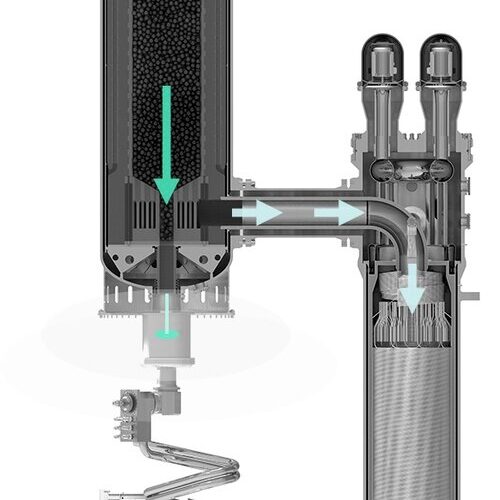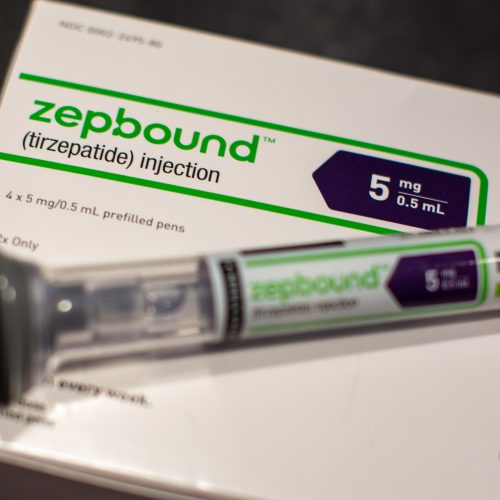After seeing hundreds of launches, SpaceX’s rocket catch was a new thrill
BOCA CHICA BEACH, Texas—I've taken some time to process what happened on the mudflats of South Texas a little more than a week ago and relived the scene in my mind countless times.
With each replay, it's still as astonishing as it was when I saw it on October 13, standing on an elevated platform less than 4 miles away. It was surreal watching SpaceX's enormous 20-story-tall Super Heavy rocket booster plummeting through the sky before being caught back at its launch pad by giant mechanical arms.
This is the way, according to SpaceX, to enable a future where it's possible to rapidly reuse rockets, not too different from the way airlines turn around their planes between flights. This is required for SpaceX to accomplish the company's mission, set out by Elon Musk two decades ago, of building a settlement on Mars.


© Stephen Clark/Ars Technica


